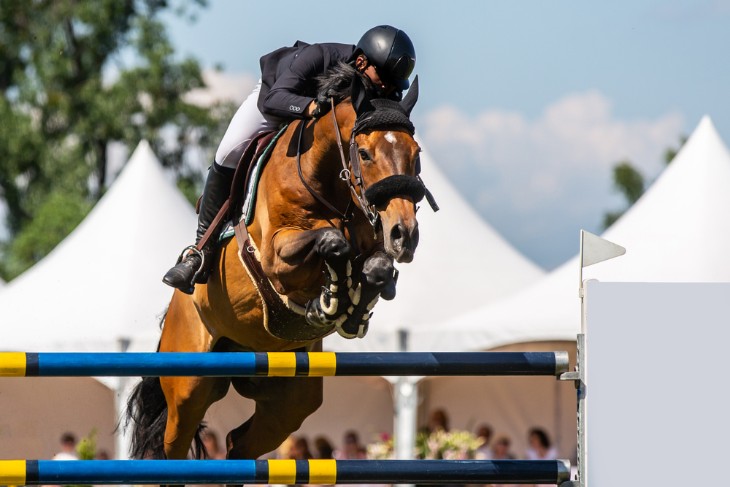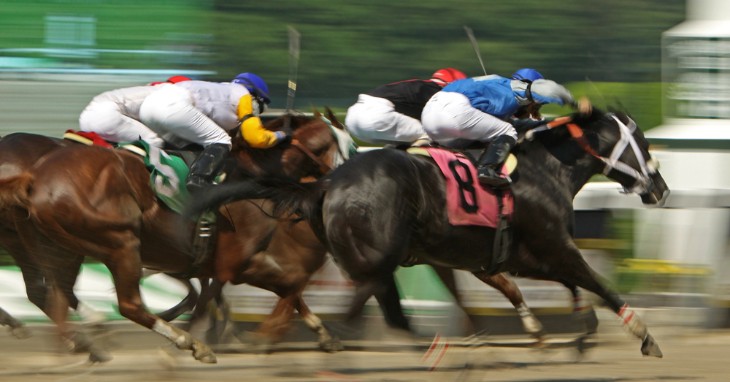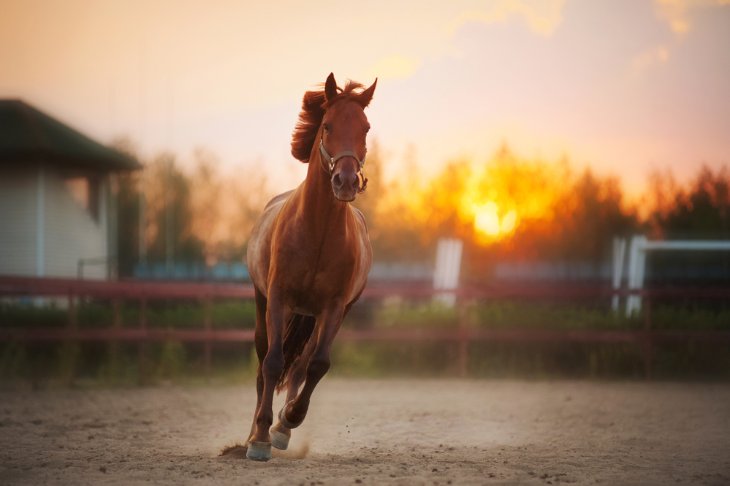Horse racing has been a popular equestrian sport for centuries, with numerous sub-disciplines. Two major categories in this sport are Flat Racing and Jump Racing. This article examines the differences between the two, focusing on their history, distinct features, and appeal to audiences.
Horse racing combines tradition, excitement, and teamwork. Flat Racing and Jump Racing are the primary categories within this sport. Flat Racing occurs on level tracks and emphasizes speed and stamina. In this category, Thoroughbreds compete on smooth courses, and the focus is on the speed of the horse and the skill of the jockey.
Jump Racing, however, involves additional challenges. Horses not only run but also jump over obstacles. This discipline showcases horses like steeplechasers and hurdlers that must jump over barriers, emphasizing both speed and navigation.
Historically, Flat Racing has roots in ancient civilizations with events like chariot races. Over time, it evolved, leading to specialized racecourses and the breeding of Thoroughbreds specifically for speed. On the other hand, Jump Racing originated in the British countryside, inspired by foxhunters racing across varied terrains. This eventually formalized into the sport we know today.
As the years progressed, both forms of racing developed, becoming integral parts of the sporting landscape. The creation of rules, improvement of tracks, and growth of a dedicated fan base helped in their evolution. Despite their distinct histories, both aim to highlight the capabilities of the horse and the skills of the rider.
The Distinctive Tracks: Racecourse Features and Designs
Racecourses are carefully made and kept up for different types of races. Flat Racing and Jump Racing have their own special track designs.
Flat Racing tracks are usually straight or just a bit curved. They are flat and smooth, made for horses to run at their fastest. There aren't any obstacles, so it's all about the horse's speed and how the jockey manages it.
On the other hand, Jump Racing tracks have more going on. They have things like different kinds of fences, hurdles, and jumps over water. These tracks test how well a horse can jump and how the jockey plans their route. To win in Jump Racing, a horse and jockey need to be quick but also good at dealing with the track's challenges.

Breeds and Types of Horses Suited for Flat Racing and Jump Racing
The world of horse racing is similar to an artist choosing the perfect tool. Different types of races need different kinds of horses.
In Flat Racing, Thoroughbreds are the stars. They're built for speed, with slim bodies, long legs, and strong hearts and lungs. Years of careful breeding have made them perfect for racing. They can speed up really fast and keep going at high speeds, making them the ultimate racehorses.
For Jump Racing, the heroes are Steeplechasers and hurdling horses. They might be part Thoroughbred and part another breed. In general there are different breeds and types of horses which race well in Jump racing. These horses are not just fast but also strong and full of energy. They are versatile, which means they can handle the twists, turns, and jumps of the racecourse. Speed is still key, but they also need to be good at keeping a steady pace, turning sharply, and jumping smoothly.
Training and Conditioning for Flat Racing and Jump Racing
Behind every elegant leap in horse racing lies rigorous training and unwavering dedication. For Flat Racing, the focus is on cultivating unmatched speed and stamina, with trainers devising precise routines blending sprints, distance runs, and dietary plans. The bond between jockey and horse is vital, facilitating flawless communication in the heat of the race.
In Jump Racing, the challenges diversify. Training extends beyond physical prowess to mental preparedness. Horses begin with small jumps, advancing to bigger obstacles, honing endurance and skill. Diverse terrains and obstacles are part of their regimen. Above all, the trust between the rider and horse is crucial, ensuring seamless coordination over hurdles.
Jockeys' Roles and Skills in Flat Racing vs. Jump Racing
In every race, jockeys are central figures, guiding their horses with expertise and making crucial decisions that determine the outcome. In horse racing, these jockeys direct the pace and strategy of the race.
For Flat Racing, jockeys operate similarly to sprinters. They need perfect timing, deciding when to prompt their horse for a quick sprint. It's essential for them to maintain balance and guide their horse straight, adjusting to any changes in direction. The challenge is to recognise the right moment to boost the horse's speed, ensuring a strong team effort.
In Jump Racing, jockeys resemble skilled horseback performers. Their primary task is to tackle barriers smoothly. While timing is key, they also have to match the horse's steps and modify their stance accordingly. Grasping the horse's jumping style and keeping steady is vital for them to help their horse over jumps. Their expertise determines whether the horse jumps cleanly or faces a mishap.
Race Strategies and Tactics in Flat Racing and Jump Racing
When the starting barriers release and excitement builds, it's not just a race of speed but a strategic battle akin to a well-played game of chess. Both Flat Racing and Jump Racing require not just power but smart tactics with each step.
For Flat Racing, it's all about timing and positioning. Jockeys need to interpret the race's rhythm, deciding when to save energy and when to accelerate. A strategic sprint at the right moment can clinch victory, and the challenge is to judge when to tap into the horse's maximum speed. Various factors, such as the track's layout, rivals, and the horse's own behaviours, dictate the overall game plan.
On the other hand, Jump Racing adds more layers to the strategy. Successfully clearing obstacles requires careful planning and flexibility. Jockeys must decide their path for each hurdle, choosing between a wider arc or a tighter curve, and determining when to speed up or control pace. The sequence of obstacles can also shape the game plan, as the team must devise a method to efficiently tackle the course. A single error at an obstacle can ripple through the race, emphasising the need for accuracy and prompt decision-making.

Challenges and Risks in Jump Racing Compared to Flat Racing
While the racetrack offers excitement, it also poses challenges. Flat Racing and Jump Racing each present unique difficulties that participants, from horses to trainers, need to address.
Jump Racing, with its hurdles and fences, demands precise timing from the horse and rider. A small error can lead to falls, endangering both horse and jockey. Such unpredictability ensures that minor mistakes can drastically change race results.
On the other hand, Flat Racing, though seeming less complex, has its intricacies. The rapid pace and tight grouping of competitors mean races are fiercely contested. Jockeys must skilfully navigate, finding the best path to victory while prioritising safety.
Audience and Popularity: Spectatorship in Flat Racing and Jump Racing
Outside the racetrack, a dynamic atmosphere of expectation, enthusiasm, and shared emotion emerges. Horse racing isn't just about the jockeys and their horses; it encompasses a riveted audience whose cheers and reactions add to the drama.
In Flat Racing, there's an electrifying ambiance. The rapid sprints inject an undeniable tension among the spectators. Fans line up along the fences, their gaze unwavering on the speeding horses. As the finish line approaches, the crowd's noise intensifies, culminating in either celebration or despair within moments. Flat Racing's pure speed and clear competition appeal to many, drawing them into the excitement.
Jump Racing offers a unique kind of engagement. Watching horses navigate hurdles introduces an element of wonder and suspense. Spectators choose prime spots to watch these impressive jumps, collectively gasping as horses tackle daunting obstacles. The unpredictability, combined with the thrill of both triumphant jumps and potential missteps, provides a dramatic show that captivates those seeking both sport and spectacle.
Conclusion
As we end our look at Flat Racing and Jump Racing, we see a mix of old customs and new ideas. The sounds of the horses racing, the rush of reaching the end, and the hard work of both horse and jockey together make a lasting impact. Both the simple beauty of Flat Racing and the thrilling challenges of Jump Racing show that horse racing is a world of skill, enthusiasm, and ongoing rivalry.







